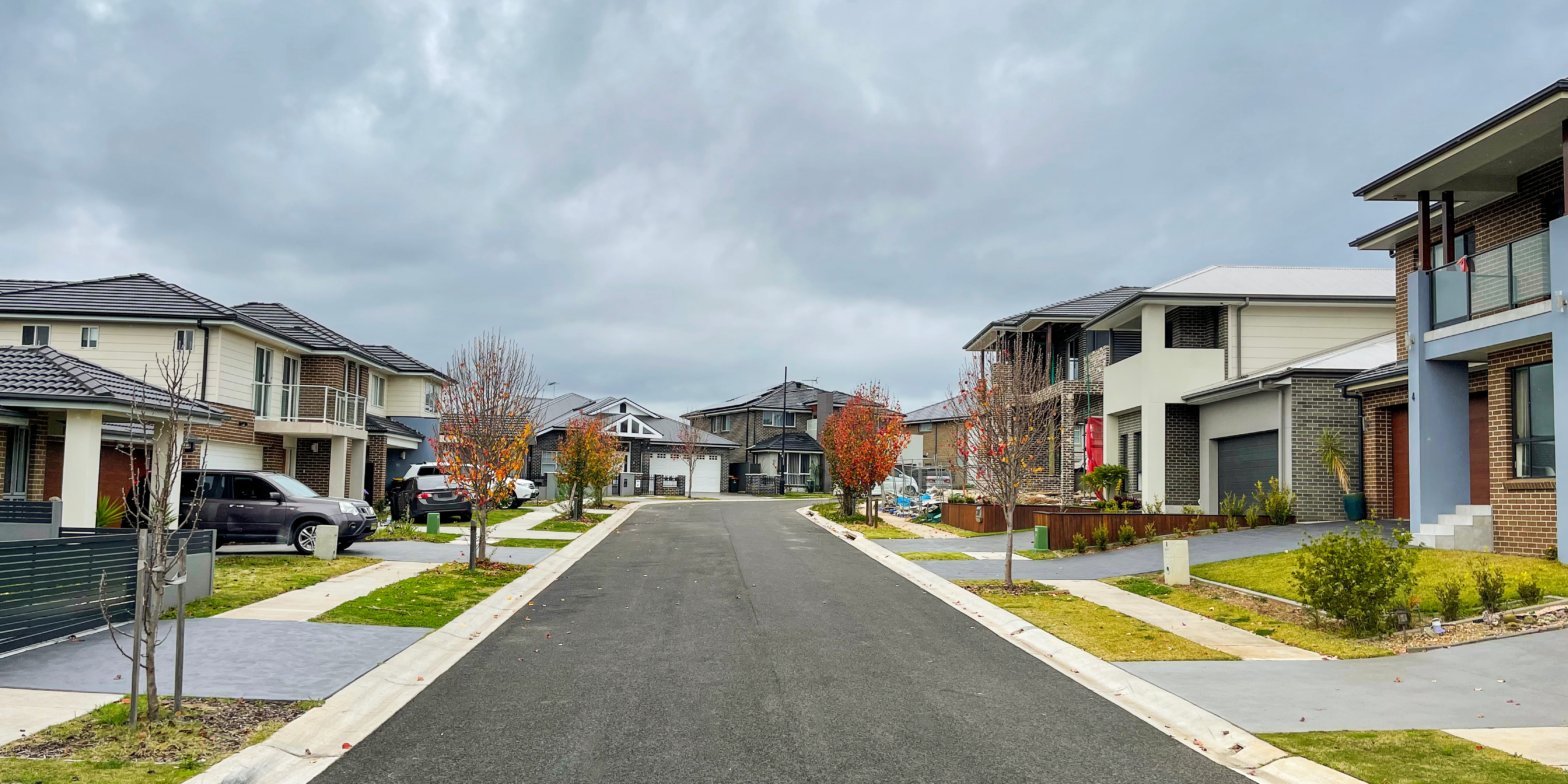There are just four “affordable” cities, based on Goldman Sachs’ Housing Affordability Indices. Of the largest 25 markets, only St. Louis, Detroit, Chicago, and Baltimore are considered affordable. The bank said the worst of the home price correction is over and price declines will dissipate by year-end. Loading Something is loading.
Thanks for signing up!
Access your favorite topics in a personalized feed while you’re on the go.
There are only four affordable cities in the current housing market, and price declines could fade by the end of the year, Goldman Sachs strategists wrote in a note Wednesday.
Out of the 25 largest cities, only St. Louis, Detroit, Chicago, and Baltimore qualify as “affordable,” according to Goldman’s Housing Affordability Indices. These four metros are where monthly payments on new mortgages are less than 25% of monthly household income.
“While we think modest home price declines are still likely through year-end given the limited scope for improvement in housing affordability, risks to our home price forecast are skewed to the upside in light of the supportive supply picture,” the strategists said.
Goldman Sachs The Wall Street giant revised its full-year forecast, and now sees home prices falling 2.2%, up from a prior view for a 6.1% decline. That implies a peak-to-trough decline of 5.7%.
The strategists also expect inventory to remain tight with little relief from high mortgage rates, which they see at 6.4% for 30-year fixed rates at the end of 2023.
In addition, historical trends from 1995, 2000, and 2018 indicate that home prices tend to climb after the conclusion of a hiking cycle, and Goldman economists expect that the Federal Reserve is done with policy tightening.
“While the velocity of policy tightening in this cycle could have lingering impacts over the medium term,” strategists said, “we think the worst of the home price correction is behind us and believe nationwide home price declines will dissipate by year-end.”
Separate data from the Federal Housing Finance Agency on Tuesday showed that house prices grew 4.3% in the first quarter compared to a year ago.
But seven states — all located in the Western US— logged price declines. Utah led the list, with prices off by 4.35%. Nevada followed with a drop of 3.6%.
Localized data also points to the sharp regional divides in the housing market. Over the past four quarters, house prices rose in 78 of the top 100 largest metropolitan areas, fronted by a 14% rise for the Miami area. San Francisco-San Mateo-Redwood City, California, was the largest metro area with the greatest price decline, at 10.1%.
